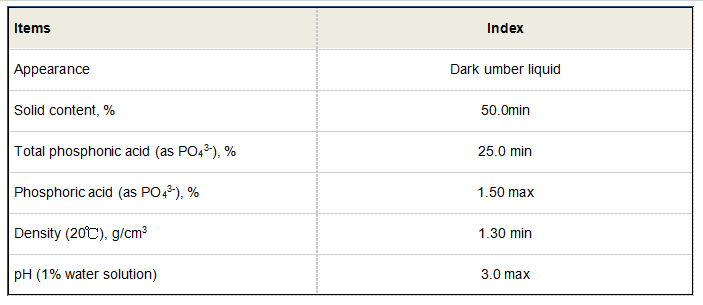Understanding the Role of Coagulant and Flocculant Chemicals in Water Treatment Processes
Coagulant and Flocculant Chemicals An Overview
In water treatment processes, the removal of suspended particles and impurities is crucial for ensuring water quality. Two essential categories of chemicals that facilitate this process are coagulants and flocculants. Understanding the roles and differences between these two types of chemicals is fundamental for those involved in environmental management and water purification.
What Are Coagulants?
Coagulants are chemical agents that promote the agglomeration of small particles into larger clusters, or flocs. This process, known as coagulation, typically occurs when fine particles present in water come into contact with the coagulant, which neutralizes their charges and reduces the repulsion forces that hold them apart. The most commonly used coagulants include alum (aluminum sulfate), ferric sulfate, and polyaluminum chloride. These chemicals work effectively in a variety of settings, including municipal water treatment, industrial wastewater treatment, and stormwater management.
Coagulation is often the first step in the water purification process. It is essential for removing a broad range of impurities, including silt, clay, organic matter, and microorganisms. The effectiveness of a coagulant depends on factors such as pH, temperature, and the presence of other dissolved substances in the water. Conducting jar tests is a frequent practice to optimize the dosages and conditions for coagulation.
The Role of Flocculants
While coagulants initiate the formation of larger aggregates, flocculants play a critical role in enhancing the settling efficiency of these flocs. Flocculants are typically high-molecular-weight organic polymers that can bind multiple particles together, resulting in larger, denser flocs that settle more quickly and easily. Common flocculants include polyacrylamide, polyamines, and polysaccharides.
coagulant and flocculant chemicals

In many treatment processes, flocculation is implemented after coagulation. The flocculation process involves gentle mixing, allowing the nascent flocs to grow in size, which aids in their removal during sedimentation or filtration stages. By facilitating the aggregation of particles, flocculants significantly improve the overall removal efficiency of suspended solids, thereby enhancing the clarity and quality of treated water.
Practical Applications
The combined use of coagulants and flocculants is prevalent across various sectors. In drinking water treatment plants, they are used to reduce turbidity, which is crucial for meeting regulatory standards and ensuring public health. In industrial settings, such as paper manufacturing and textile processing, these chemicals help in recovering valuable raw materials from wastewater and ensuring compliance with environmental regulations.
Moreover, the agriculture sector employs coagulants and flocculants in managing irrigation water quality and in treatments for effluent from agricultural operations. These applications underscore the importance of water treatment chemicals in achieving both environmental sustainability and resource recovery.
Conclusion
Coagulant and flocculant chemicals are indispensable tools in the realm of water treatment. By facilitating the efficient removal of suspended solids and impurities, they play a pivotal role in protecting water resources, enhancing public health, and ensuring regulatory compliance. As awareness of environmental issues increases, the demand for these chemicals is likely to grow, prompting ongoing research into more effective and sustainable formulations. The future of water treatment will depend on the continued innovation and optimization of coagulant and flocculant technologies, ensuring that clean water remains accessible for generations to come.
-
Water Treatment with Flocculant Water TreatmentNewsJun.12,2025
-
Polymaleic AnhydrideNewsJun.12,2025
-
Polyaspartic AcidNewsJun.12,2025
-
Enhance Industrial Processes with IsothiazolinonesNewsJun.12,2025
-
Enhance Industrial Processes with PBTCA SolutionsNewsJun.12,2025
-
Dodecyldimethylbenzylammonium Chloride SolutionsNewsJun.12,2025





